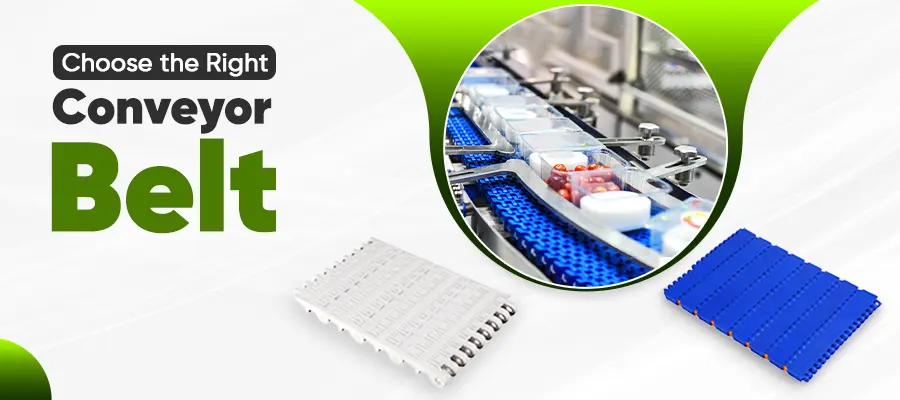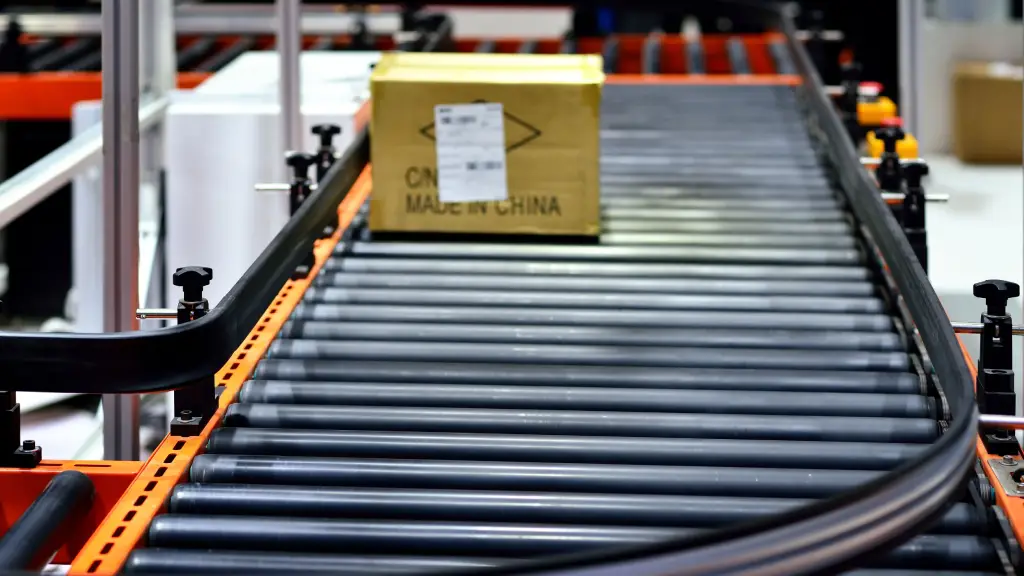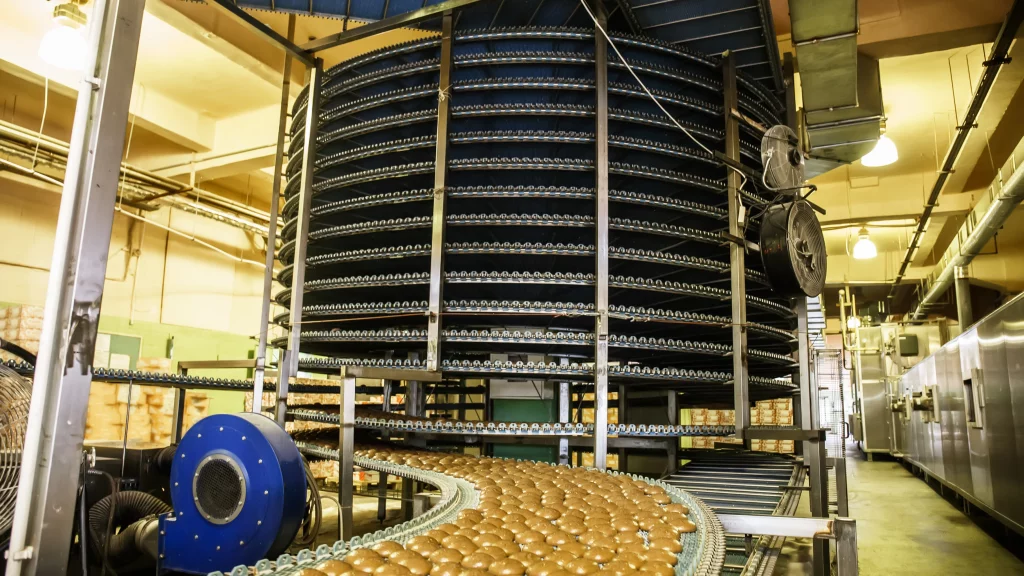
Choosing the Right Conveyor Belt for Your Industry
March 25,2025
Do you own a manufacturing industry? Then the importance of having a right conveyor belt is known to you as it makes your manufacturing unit efficient and cost effective. There are many things to consider while choosing the right conveyor belt. Read on to know the most important priorities you cannot skip.
Understanding Industry-Specific Requirements
Every industry has its own unique material handling challenges. You might be in food and beverage, pharmaceutical, automotive, or personal care, but your conveyor system needs to react to specific operational demands:
- Food & Beverage: Needs belts that can withstand temperature fluctuations and regular cleaning
- Pharmaceutical: Needs precision movement and compliance with industry standards
- Automotive: Demands durability for heavy component transport
- Personal Care: Requires gentle handling and precise positioning
- Manufacturing: Needs reliability for continuous operation
The right conveyor solution starts with understanding your specific operational requirements rather than settling for one-size-fits-all options.
Key Factors to Consider When Selecting Your Conveyor Belt
Material Compatibility
The nature of the products moving along your production line directly impacts your conveyor belt selection:
- Abrasive materials require belts with reinforced wear resistance
- Sharp-edged items need cut-resistant belting to prevent damage
- Food products demand appropriate food-grade materials
- Oily components necessitate oil-resistant materials to maintain grip
Modern engineering plastics offer a range of options that can be matched to your specific material handling requirements.
Environmental Conditions
Your operating environment significantly impacts belt performance and longevity:
- High-temperature environments require heat-resistant compounds
- Cold storage facilities need specially formulated belts that maintain flexibility
- Wet processing areas benefit from water-resistant materials
- Outdoor applications demand UV-protected belting
Selecting materials appropriate for your specific conditions can dramatically extend belt life and reduce maintenance needs.
Load and Speed Requirements
Understanding your throughput needs ensures your conveyor system can handle production demands:
- Heavy products require higher tensile strength belts
- Variable load operations benefit from modular designs
- High-speed lines need precisely engineered components
- Inclined transport requires belts with appropriate surface texture
Proper calculation of these requirements helps prevent premature system failure and unexpected downtime.
Beyond the Belt: Complete Conveyor Systems
A successful material handling system involves more than just the belt itself:
Essential Components
A comprehensive conveyor system includes several critical elements:
- Modular Belts: Offering flexibility for various applications
- Slat Chains: Providing stability for specific product types
- Wear Strips: Reducing friction and extending belt life
- Bearing Blocks: Ensuring smooth operation under load
- Chain Guides: Maintaining precise tracking
- Engineering Plastics: Offering customized solutions
- Wire Mesh: Providing options for specialized applications
- Industrial Cleaning Brushes: Facilitating maintenance
Support Services Worth Considering
When implementing conveyor systems, consider providers that offer:
- Line audits to identify improvement opportunities
- System mapping for optimal configuration
- Preventative maintenance recommendations
- Technical support for troubleshooting
- Custom fabrication for unique challenges
These services can significantly reduce downtime and extend system longevity.
Industry-Specific Solutions
Different industries benefit from specialized conveyor approaches:
- Bottling and Beverage Industry
Effective conveyor systems for bottling lines feature:
- Non-slip surfaces for wet environments
- Easy-clean modular designs for quick changeovers
- Wear-resistant materials at transition points
- Customized guide rails for container stability
Food Processing
In food production facilities, priority features include:
- Materials appropriate for food contact
- Designs that facilitate thorough cleaning
- Temperature-resistant components for processing areas
- Modular sections for quick replacement
Automotive Manufacturing
Automotive solutions typically focus on:
- High-strength belts for heavy component transport
- Oil-resistant materials for lubricated environments
- Precision tracking for assembly line accuracy
- Durable construction for continuous operation
Making the Right Choice: A Methodical Approach
Consider adopting a structured process when selecting conveyor belts:
- Assessment: Analyze your specific production requirements and environmental conditions
- Research: Investigate options that meet your technical specifications
- Consultation: Speak with industry specialists about optimal configurations
- Implementation: Ensure professional installation for proper operation
- Monitoring: Implement regular inspections to catch issues early
- Optimization: Pursue continuous improvement to maintain peak efficiency
Conclusion: The Value of Choosing Correctly
Whether creating a new production line or refining a current system, doing things in an orderly manner when choosing conveyor belts will pay higher dividends for your particular business needs.
By concentrating on your specific operation requirements instead of canned solutions, you can design a material handling system that actually functions in support of your production objectives and towards a better manufacturing process.
For more information, please visit Spectra Plast India Pvt Ltd.


